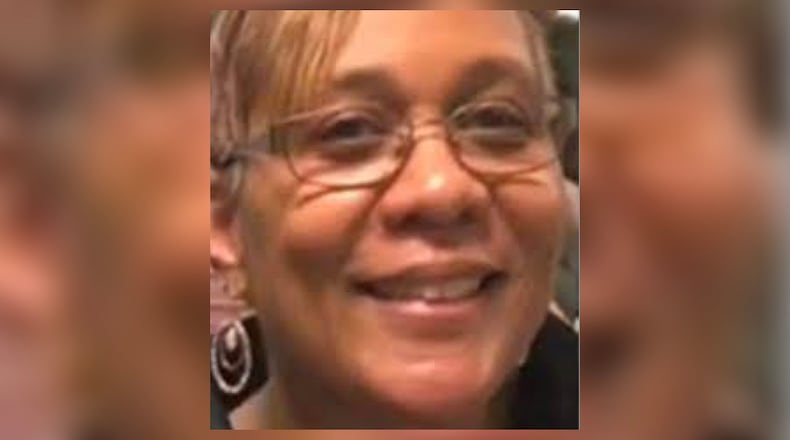The 340B program’s vague eligibility criteria and lack of explicit definitions of how savings from drug discounts should be used has created loopholes for hospitals to profit. Corporate hospitals saw these loopholes and did whatever they could to qualify themselves as so-called “nonprofit” hospitals. They began purchasing community care centers that were not originally 340B eligible and converted them into offsite hospital outpatient departments. This allowed them to qualify as 340B eligible under the program’s vague criteria. As a result, the 340B program went from covering 90 charity care hospitals to more than 2,000 around the country, with very few actually using the savings for charity care.
In 2017, the Pacific Research Institute’s (PRI) Center for Medical Economics and Innovation studied exactly how much damage had been done by the alarming growth of the 340B program. PRI compared 340B hospitals to non-340B hospitals across eight different states and found that not only do “non-profit” 340B hospitals make 37% more in profits compared to the average of all hospitals, but these 340B hospitals – that are supposed to provide charity care – give 22% less of their net patient revenue to charity care than all hospitals.
Among the hospitals PRI studied, two were in our home state of Ohio: Good Samaritan Hospital in Cincinnati and Miami Valley Hospital in Dayton. Unfortunately, they are no exception to the misdeeds we’ve seen. Hospitals looked at in the study generated hundreds of millions in revenue and paid their executives huge salaries but spent shockingly low amounts on actual charity care. Good Samaritan Hospital raked in over $97 million in annual profit and paid top executive, Mark Clement, close to $1.8 million for FY 2019 but spent only 0.66% of their net patient revenue on charity care. Miami Valley Hospital made over $42 million in profit in FY 2018 and paid their top executive, Mary Boosalis, over $1.9 million yet spent only 1.36% of their net patient revenue on charity care. It’s upsetting that hospital corporations can take advantage of federal programs and line their pockets with the savings instead of using them to help needy patients. Also, according to the recent reporting by the Dayton Daily News, CEOs at other area hospitals received bonuses totalling more than 2 million in 2021.
Millions of dollars in executive bonuses and 340B’s unchecked rapid growth has gone on for far too long. Congress should act to make sure that discounts are going only to hospitals that provide real charity care, not hospitals looking to take advantage of the program. For the sake of low-income and uninsured patients, Congress needs to swiftly reform the 340B program and close any loopholes. I pray that the beloved children of God in need of health care at Good Samaritan Hospital in Cincinnati and Miami Valley Hospital in Dayton are prioritized over profit.
Bishop Marcia Dinkins is the Executive Director of Black Women Rising.
Editor’s Note: Premier Health submitted this response to today’s column: Premier Health spent about $400 million on community benefits (including charity care) in 2021 – more than 18 percent of the health system’s operating expense. As previously reported by the Dayton Daily News, Premier Health had a negative operating margin from 2020 through 2022, and savings from the 340B program cover a small fraction of the cost of meeting the health care needs of underserved patients and fulfilling our commitment to the community. To qualify for the 340B program, Premier Health demonstrated that its facilities provide a sizable portion of its inpatient business to Medicaid recipients, which aligns with Premier Health’s not for profit mission of providing care to the broader community. Executive pay at Premier Health reflects both market rates and the skill sets needed to navigate the scope, complexity, regulations, and compliance requirements inherent in health care.
About the Author
